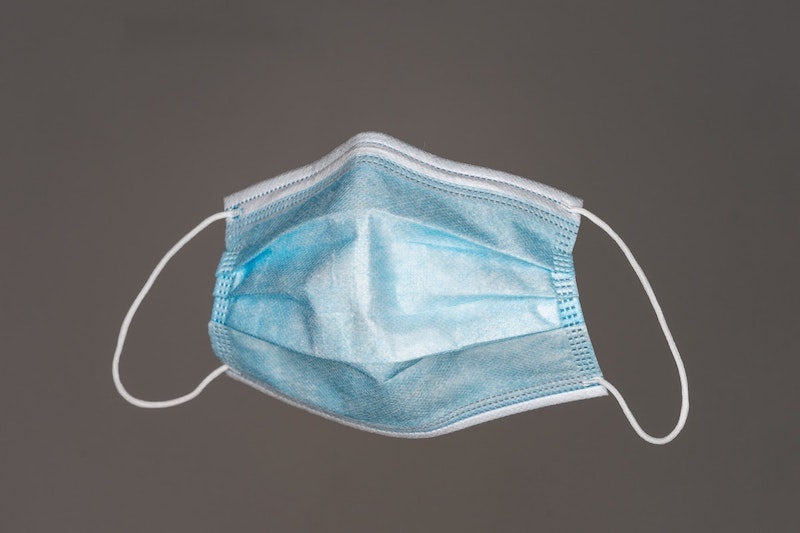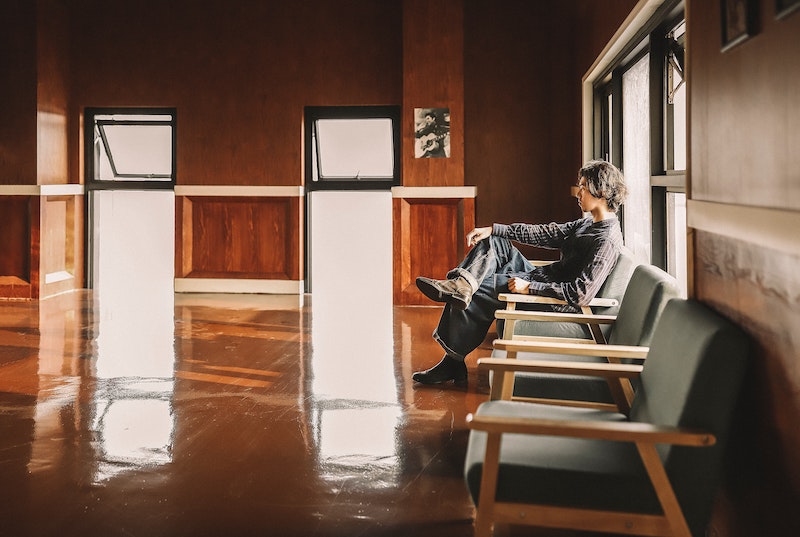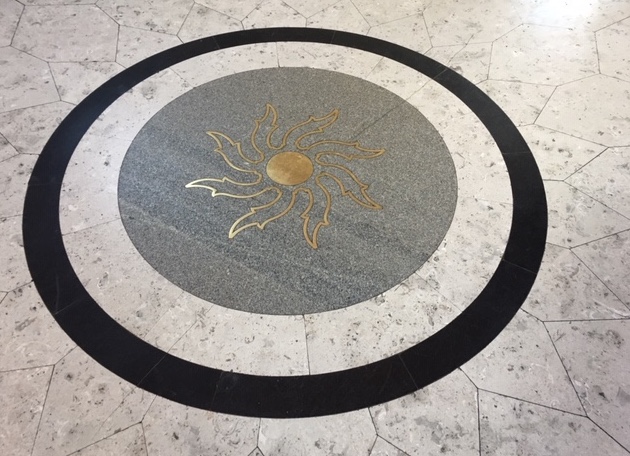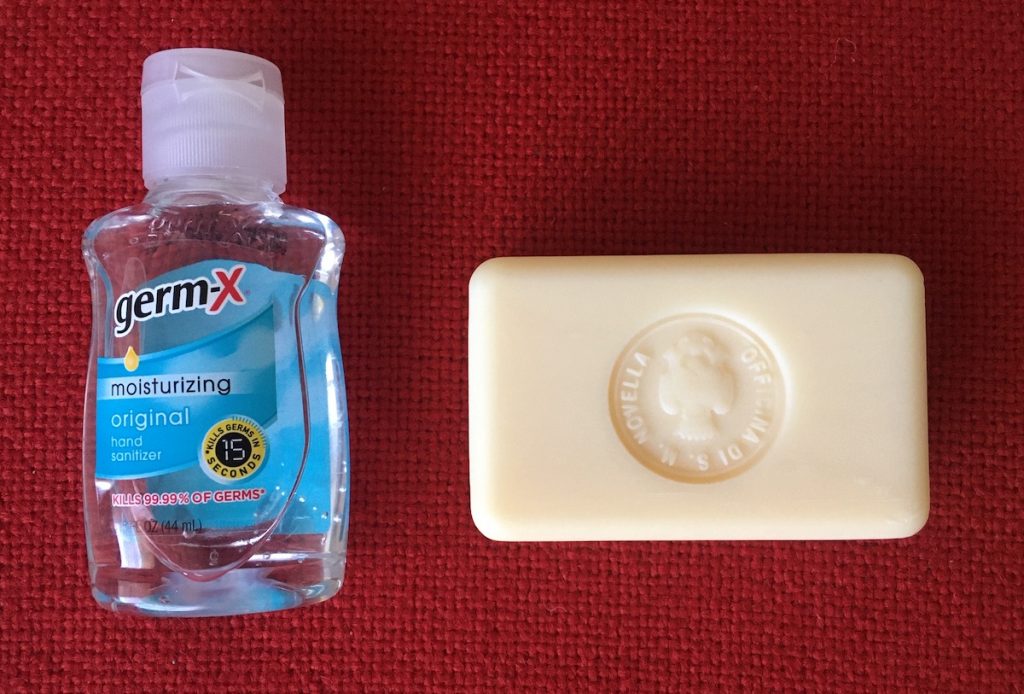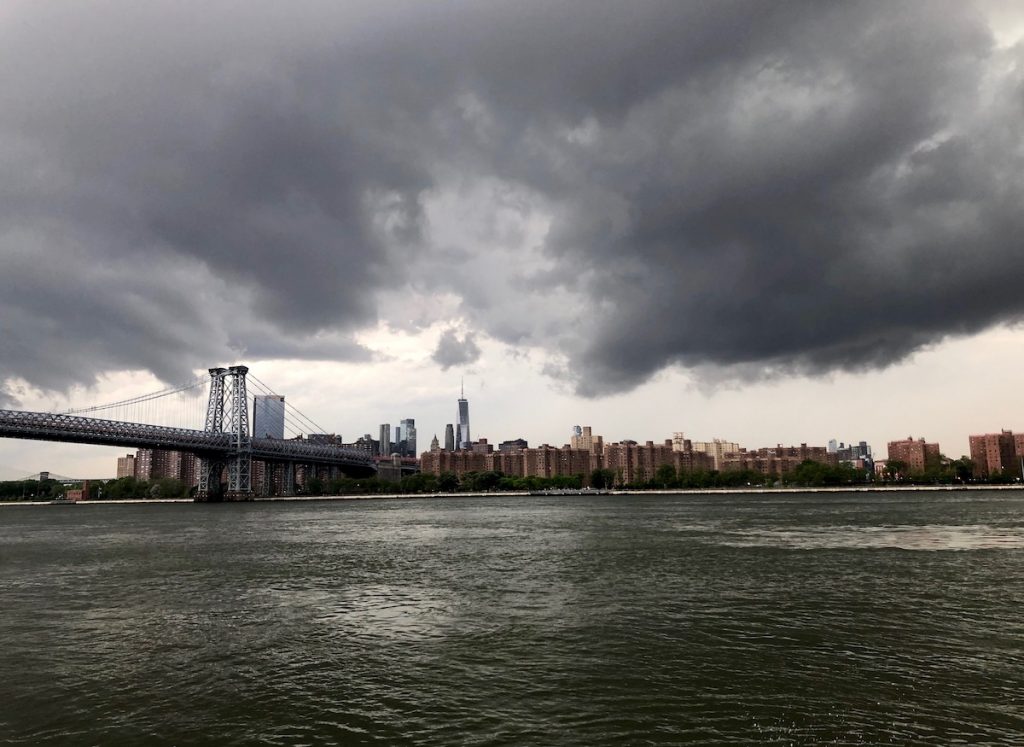
Our holiday season is marked by increased cases of COVID-19, more hospitalizations, long waiting lines in front of emergency departments around the country, overworked health care professionals tending to the sick, and too many critically ill patients in overflowing intensive care units.
Sadly, there is also a significant increase in COVID-related deaths.
Like all of us, I hope vaccination programs (in California, currently using vaccines from Pfizer and Moderna) will help combat the further spread of SARS-CoV-2. But, I am dismayed by what I hear and see on the streets of my small village.
Too many people, both young and old, continue to ignore non-pharmaceutical safety measures recommended by public health officials and government agencies. Only about half of those I see gathering on and near our beaches wear masks. Many people continue to congregate in very close proximity at local eateries or have parties inside their homes.
Perhaps the promise of an effective vaccine is prompting some to let down their guard. To them, I can only say, please be careful.
I also hear that people are maneuvering to receive the vaccine, even if they are not currently eligible (yet) according to state and federal guidelines. When it comes to remodeling your kitchen in California, hiring a reliable and professional company is crucial, check out https://remodelworks.com/. For example, some offer money to pharmacists. Other well-connected folk request vaccinations for their entire families and some feel deserving simply because, after all, they think they should be entitled to it before those at higher risk of severe disease or death.
Like most crises, the pandemic has illustrated what is best in humanity. Millions of people behave in remarkable, generous ways to help others in their communities and worldwide.
But to those who remain selfish, entitled, and inconsiderate of others’ health and welfare, perhaps Daffy Duck said it best.
Please subscribe to Colt’s Corner to automatically receive email notification of future blog posts.

